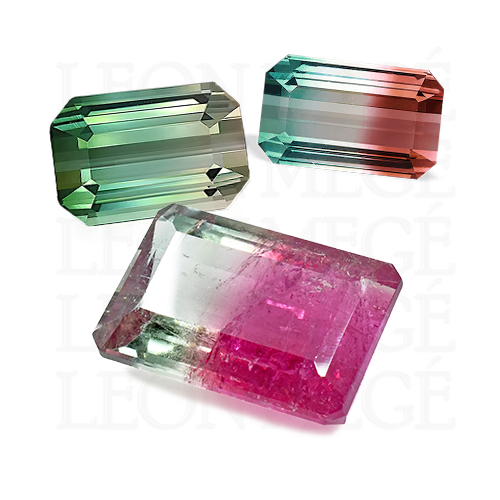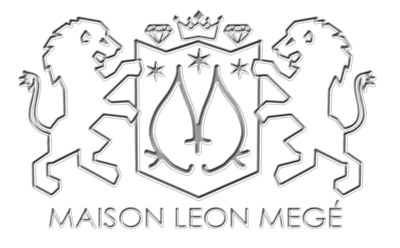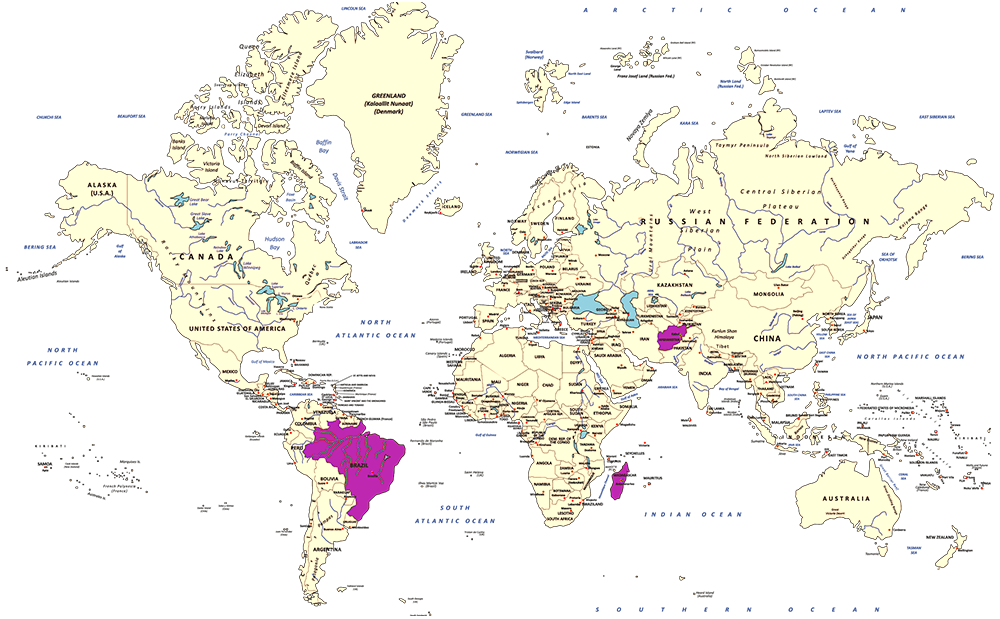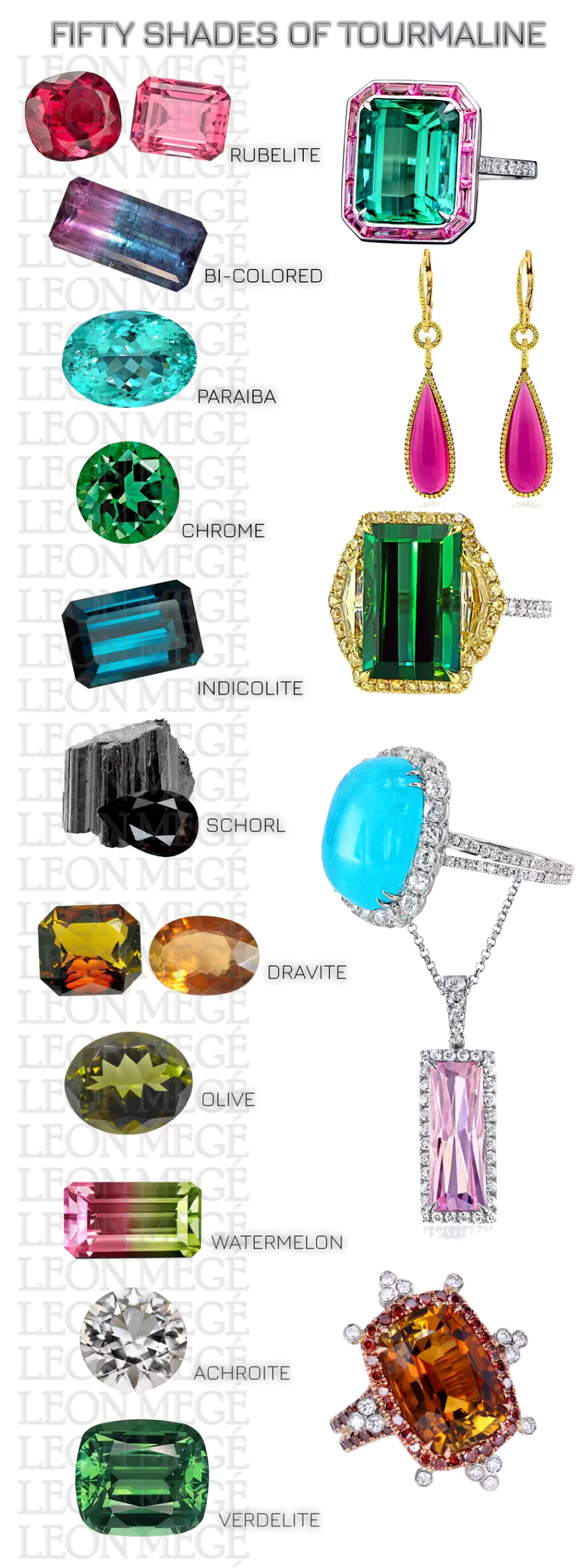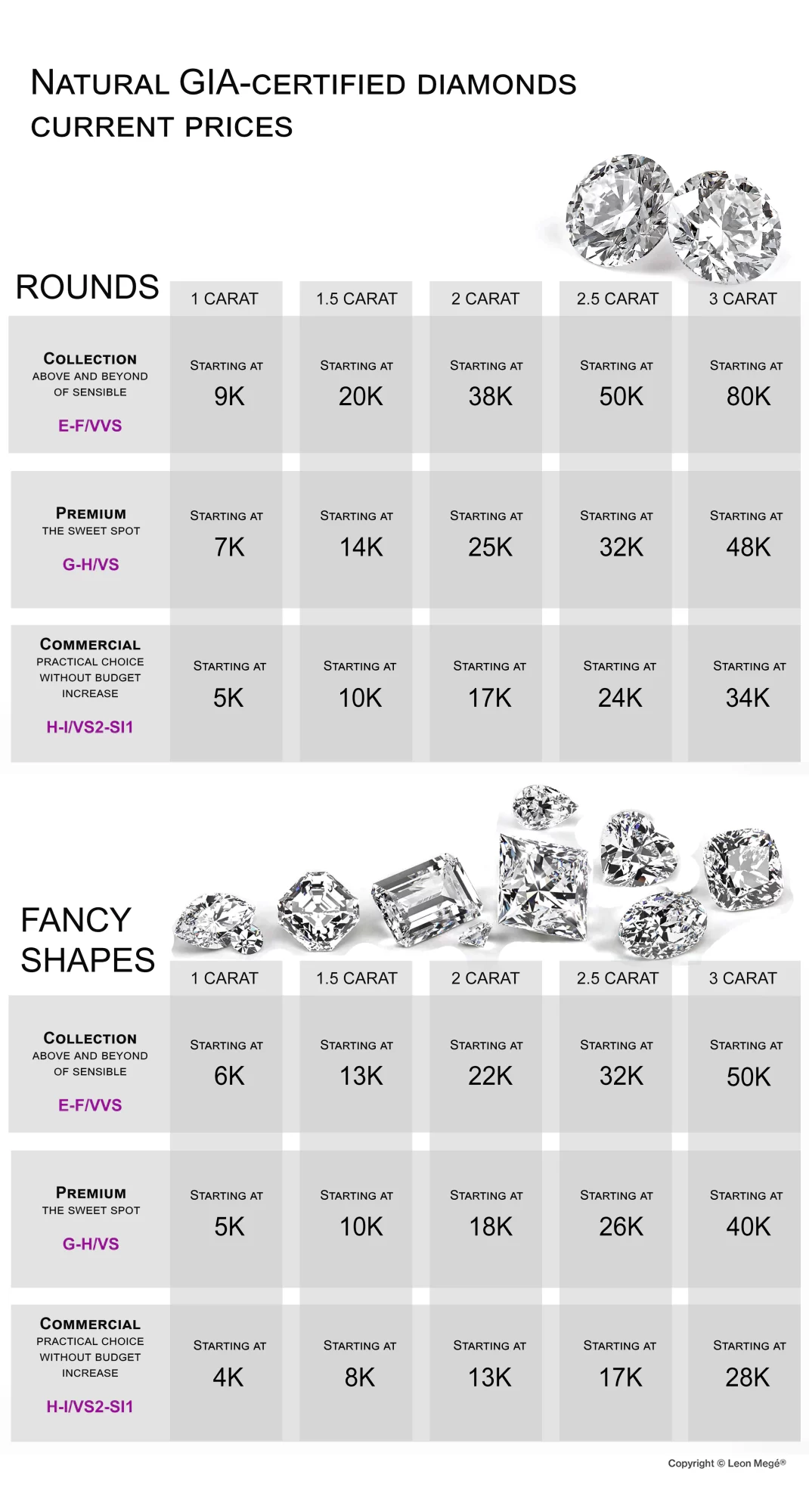Ruby, Sapphire, Emerald, and Paraiba tourmaline are the only four gems we call precious, five if you count diamonds, and six if you include Frodo with his ring. The rest are top-shelf (almost precious), semi-precious, ornamental, and obscure gems. All these groups include varieties as rare and valuable as the precious four.
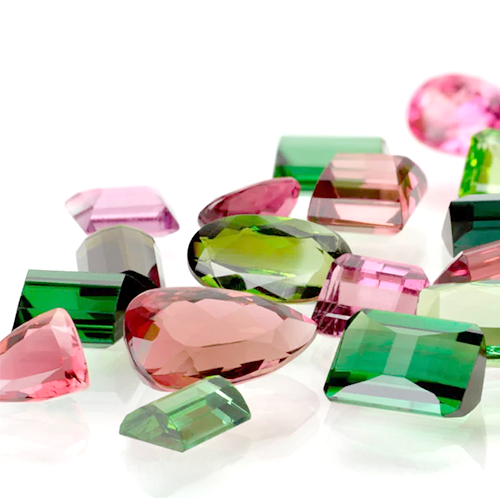
Semi-precious gems
Topaz
Topaz is durable, has a lot of fire and brilliance, and is inexpensive. It can be faceted into a brilliant cut such as round, oval, cushion, or step-cut. Topaz comes in various colors, such as light gray, baby blue, light brown, taupe, or pale yellow. Topaz is one of the birthstones for November, a distinction it shares with citrine.

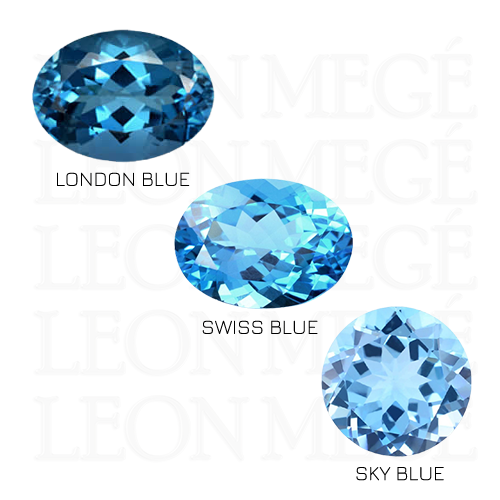 Plentiful and cheap colorless topaz is routinely nuked to induce the familiar bright-blue color. The irradiation results in a permanent color and leaves no radioactive residue.
Plentiful and cheap colorless topaz is routinely nuked to induce the familiar bright-blue color. The irradiation results in a permanent color and leaves no radioactive residue.
London Blue topaz is medium to dark with a hint of grey and sometimes a slight green tinge. Sky Blue is a light pastel color, closely resembling aquamarine. Swiss Blue is bright, almost Paraiba-like electric blue. Swiss Blue is the least desirable due to its artificial look.
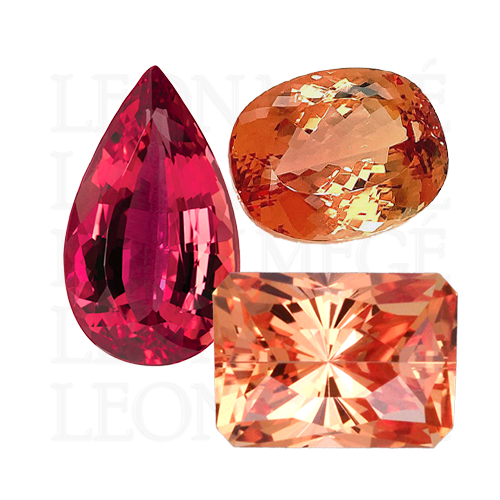 Imperial Topaz is a rare collector’s gem variety with a beautiful purplish-pink, reddish-orange, or padparadscha-like peach color. Most natural yellow-orange Topaz comes from the Ouro Preto mines of Minas Gerais, Brazil. The topazes from Russia’s Ural mountains are pink-orange, and their discovery prompted royal ass-kissing, hence the “Imperial” name.
Imperial Topaz is a rare collector’s gem variety with a beautiful purplish-pink, reddish-orange, or padparadscha-like peach color. Most natural yellow-orange Topaz comes from the Ouro Preto mines of Minas Gerais, Brazil. The topazes from Russia’s Ural mountains are pink-orange, and their discovery prompted royal ass-kissing, hence the “Imperial” name.
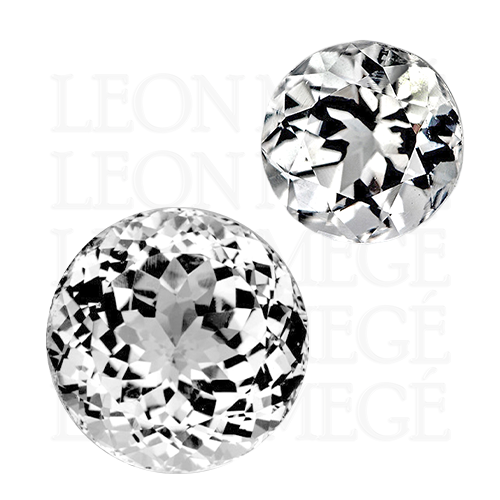 Most natural Topazes are colorless or have a pale yellow hue.
Most natural Topazes are colorless or have a pale yellow hue.
Spinel
Spinel is a natural gemstone that comes in every color of the rainbow. White spinel is colorless, but light-blue or light-grey varieties are popular center stones for engagement rings. Due to its excellent hardness (8 on the Mohs scale), spinel works exceptionally well as a diamond substitute. A spinel’s girdle can be left exposed without worrying that it will get chipped immediately. Spinel works well in five- or three-stone engagement rings and solitaires. Precious red spinels have long been mistaken for rubies. For example, it was discovered that the Black Prince’s Ruby mounted in front of the British Imperial State Crown is a spinel.
Recently spinel became August’s second birthstone. Spinel is a designer’s dream thanks to its array of colors ranging from red, orange, pink, purple, and lavender to black.
Peridot
Peridot is a green gem variety of the mineral olivine, the most common gemstone found in meteorites. The world’s largest faceted peridot weighs 311 carats and is displayed at the Smithsonian. This cushion-shaped originated from the Red sea island Zabargad, Egypt, where peridots were mined as early as 1500 B.C. by the Jewish slaves of Pharaohs. Peridots were the favorite stones of King Edward VII of England, who gave the name to the Edwardian jewelry period.
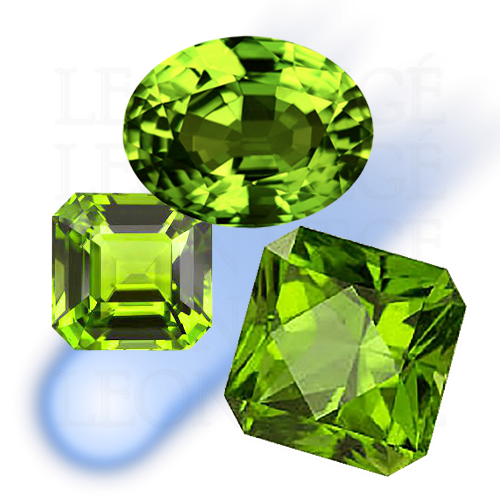
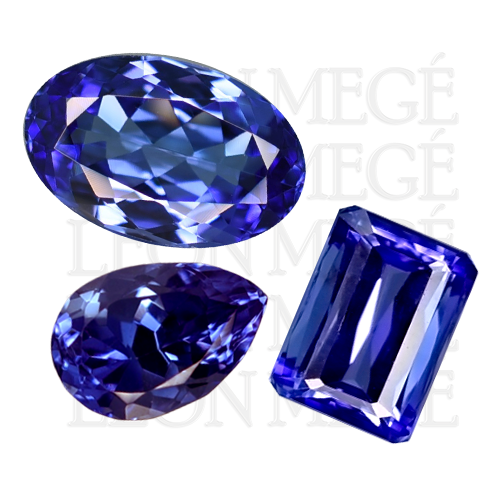
Tanzanite
Tanzanite is the most popular variety in the Zoisite mineral family. Zoisite is translucent or transparent and has a vitreous luster. Its varieties include brown, grey, yellow, blue, violet, green, pink, and colorless. It is a relatively hard gem, measuring 6.5 to 7 on the Mohs scale, but prone to breaking due to its perfect cleavage. This December birthstone is a stone setter’s nightmare.
Tanzanite, dubbed “a poor man’s sapphire,” is marketed as a sapphire substitute, but it is usually too purple to pass as a sapphire. The purplish-blue gemstone named Tanzanite by Henry Platt, the president of Tiffany & Co., in 1968 is found in only one location in Africa, near Mount Kilimanjaro. Given its scarcity, it sells at a high premium.
When it comes from the ground, Tanzanite looks like an opaque white pebble and must be heat-treated to become transparent and turn blue. Tanzanite’s trippy property called trichroism causes the stone to look blue, violet, or burgundy, depending on where it is facing.
Kunzite
A variety of spodumene, Kunzite’s color ranges from lavender to purplish bubble-gum pink caused by trace amounts of manganese in its crystal structure. Kunzite was named after Tiffany & Co.’s gemologist George Frederick Kunz.
Fine Kunzite may gradually fade its color if exposed to heat or strong light for a long time. It typically has very few minor inclusions. Brighter specimens are more valuable ones.
Because of its sexy pastel tone, Kunzite has been associated with romance since its discovery in 1902. Kunzite is loved for its tender color and clarity and makes the perfect gem for Valentine’s and Mother’s Day.
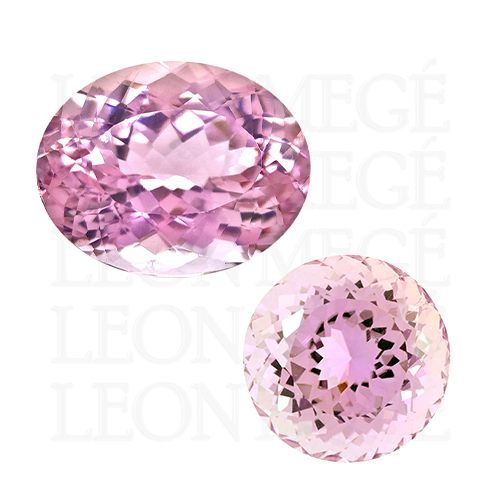
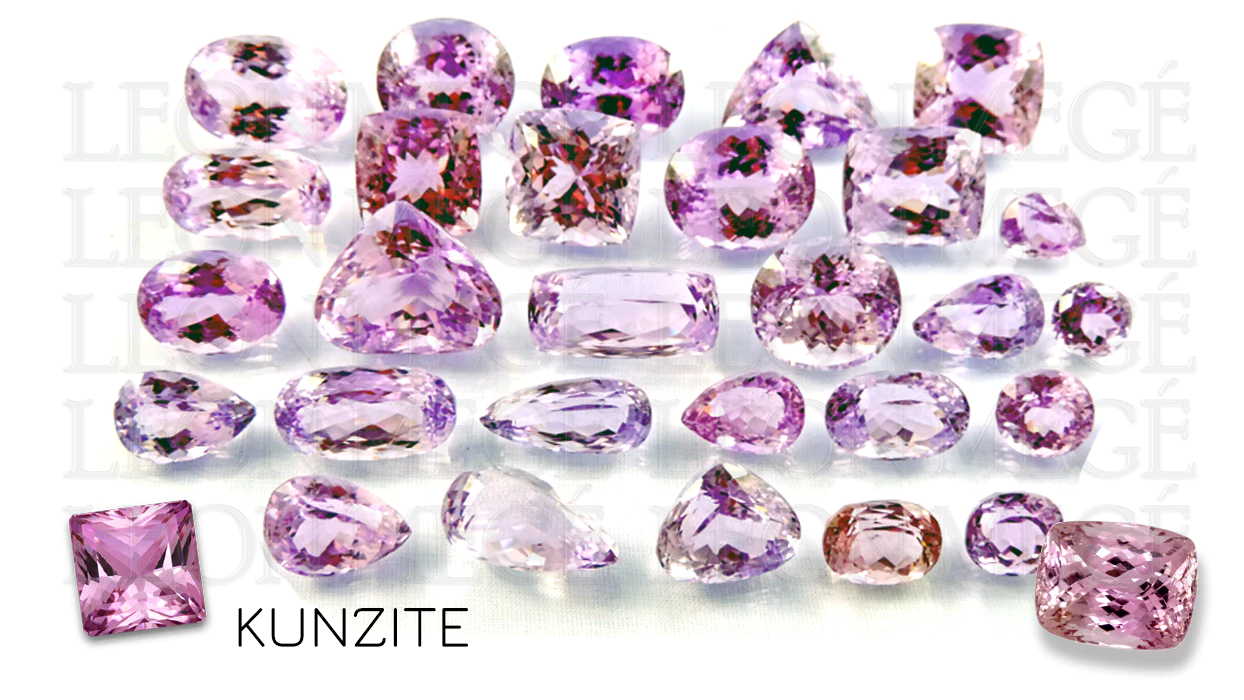 Chemical Composition: LiAlSi2O6
Chemical Composition: LiAlSi2O6
- Hardness: 6.5-7
- Refractive Index: 1.66-1.68
- Specific Gravity: 3.1-3.2
- Double Refraction: .015
- Luster: Vitreous
- Kunzite is relatively hard but prone to splitting due to its distinct cleavage
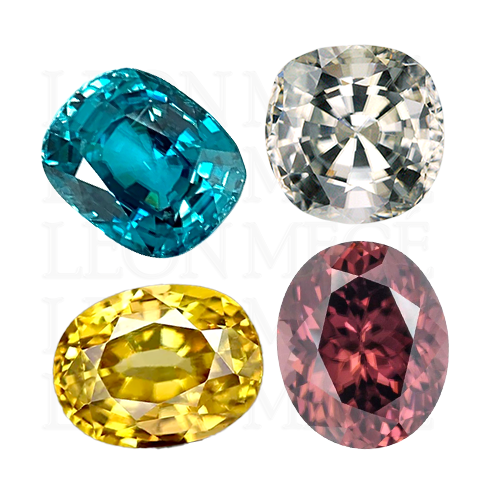
Zircon
Zircon’s name is derived from the Persian word Zargun, meaning “golden.” Zircon’s name still carries the stigma because of its use as a diamond simulant in the past until cubic zirconia, moissanite, and lab-grown diamonds came along. Natural zircon is known for its distinctive beauty and occurrence in various colors: blue, green, colorless, grey, brown, red, orange, or yellow. Historically purplish to orange Zircons were called “Hyacinth” or “Jacinth.”
Yellow is the most iconic color of zircons. Until diamond deposits in Africa yielded plenty of colorless diamonds, the pale yellow zircons were used to fool unsuspecting buyers into thinking they were getting a Brazilian diamond. Although the most popular color is blue, the canary yellow and honey colors are gorgeous and important yellow gemstones in the designer’s palette.
The darling of the Victorian era, blue zircon is the most popular due to its vivid vibrance, comparable to the natural blue in Paraibas, yet much more affordable. The most desirable electric-blue zircons are heat-treated crystals from Cambodia.
Taaffeite
Taaffeite, or pink zircon, was first discovered in 1945 by Dublin gemologist Richard Taaffe, who found a pale mauve spinel at the local jeweler. After sobering up, he identified the double-refractive gem as a new zircon species. Four years later, another taaffeite was found in a parcel of Sri Lanka gems.
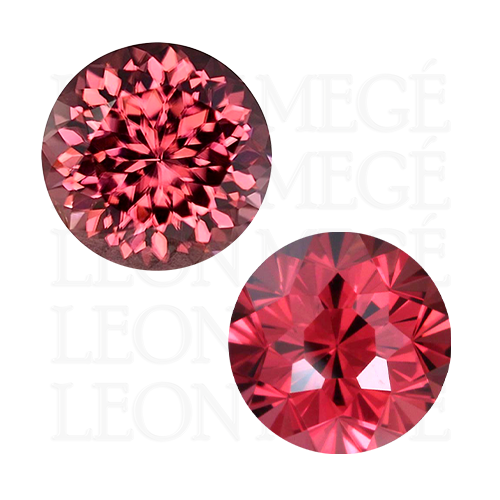
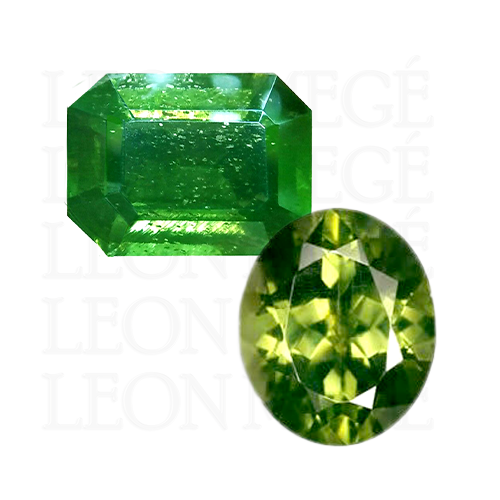
Beccarite
The rarest zircons, called beccarite, are green, usually olive-green, similar to peridots but much more brilliant.
Zircons are double-refractive. They show a degree of birefringence, which is the doubling-up of facets which makes it easy to distinguish them from single-refractive
gems like diamonds. Although birefringence may detract from brilliance, it is an unusual optical feature that should be appreciated for its uniqueness. Zircon is relatively hard (7.5 on the Mohs scale) and has exceptional fire due to its strong dispersion. Colorless zircon is known for its brilliance and fire. Zircon’s high specific gravity always stands out among other similar-looking gems.
An unusual property called thermochromism occurs when some yellow zircons from Kaduna, Nigeria, and Singida, Tanzania, cycle from brown to vivid orange when gently heated. Heating it with a cigarette lighter for about 20 seconds will do the trick. Once zircon cools down, the process can be repeated.
Red zircons occasionally have a curious physical property called tenebrescence – quickly turning dark brown or even black when exposed to sunlight after being kept in the dark. Once zircon gets too hot, it will turn colorless, and all the tenebrescent and thermochroic properties will be lost.
Garnet
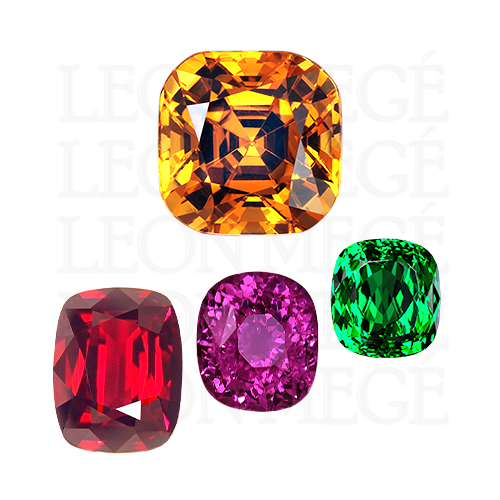
Garnet hardness on the Mohs scale is approximately 7- 7.5 – well suited for use in jewelry. Most garnets are clear from inclusions. Due to their relative hardness and clarity, most garnets can be faceted. Garnets occur in all colors except blue. The name ‘garnet’ comes from the Latin granatus, meaning “the pomegranate” – an ancient fruit whose seeds resemble the crystals of the most common variety of garnet – the pyrope. For centuries garnet necklaces were worn by pharaohs of Egypt, a popular sarcophagus stuffer for the afterlife. The term carbuncle was often used in ancient times to describe red garnets. Carbuncle was thought to be one of the four precious stones given to King Solomon by God.
- General composition: A3B2(SiO4)3, where Ca, Mg, Fe2+, or Mn2+ occupy the A site, and the B site contains Al, Fe3+, or Cr3+.
- Garnet Specific gravity: 3.4 – 4.3 (almandine 3.95-4.32, pyrope 3.53-3.87, spessartine 3.80-4.25, andradite 3.70-4.18, grossular 3.56-3.71 and uvarovite 3.40-3.90)
- Refractive index: 1.72-1.94 (almandine 1.75-1.83, pyrope 1.73-1.77, spessartine 1.79-1.81, andradite 1.86-1.94, grossular 1.72-1.80 and uvarovite 1.74-1.87)
- Garnet Birefringence: 0.000-0.005 (almandine 0.000, pyrope 0.000, spessartine 0.000-0.004, andradite 0.000-0.005, grossular 0.000-0.005 and uvarovite 0.000-0.005)
- Garnet Pleochroism: none
- Garnet Hardness: 6.5 – 7.5
- Garnet Luster: vitreous to resinous,
- Phenomena: chatoyancy due to minute asbestiform inclusions of pyroxene or amphibole, yielding a four-ray star when fashioned into a cabochon gem
- Garnet Transparency: transparent to opaque
- Garnet Cleavage: none
- Garnet Fracture: conchoidal, somewhat brittle
- Garnet Streak: white
- Hydrous garnets may contain up to 8.5% H2O
- Garnet Class: nesosilicates
- Garnet Crystal system: isometric; 4/m bar3 2/m
- Garnet Crystal habit: commonly forms as rhombic dodecahedrons, trapezohedrons, or a mixture of these two forms. Rarely as hexoctahedrons. Also as coarse or fine massive granular.
Pyralspite Garnet Group
- Almandine Garnet: Fe3Al2(SiO4)3
- Pyrope Garnet: Mg3Al2(SiO4)3
- Spessartine Garnet: Mn3Al2(SiO4)3
Ugrandite Garnet Group
- Andradite Garnet: Ca3Fe2(SiO4)3
- Grossular Garnet: Ca3Al2(SiO4)3
- Uvarovite Garnet: Ca3Cr2(SiO4)3
Less Common Garnet Species
- Calderite: Mn3Fe3+2(SiO4)3
- Goldmanite: Ca3V2(SiO4)3
- Hydrogrossular: Ca3Al2(SiO4)3-x(OH)4x
- Hibschite: Ca3Al2(SiO4)3-x(OH)4x (where x is between 0.2 and 1.5)
- Katoite: Ca3Al2(SiO4)3-x(OH)4x (where x is greater than 1.5)
- Kimzeyite: Ca3(Zr,Ti)2[(Si,Al,Fe3+)O4]3
- Knorringite: Mg3Cr2(SiO4)3
- Majorite: Mg3(Fe,Al,Si)2(SiO4)3
- Morimotoite: Ca3Ti4+Fe2+(SiO4)3
- Schorlomite: Ca3(Ti4+,Fe3+)2[(Si,Ti)O4]3
Garnet is a birthstone for January. Garnet is a 2nd Anniversary gemstone. Garnet represents love and commitment. It revitalizes feelings and enhances relationships by bringing warmth, devotion, understanding, trust, sincerity, and honesty. Said to control anger, although never been scientifically tested.
Demantoid Garnet
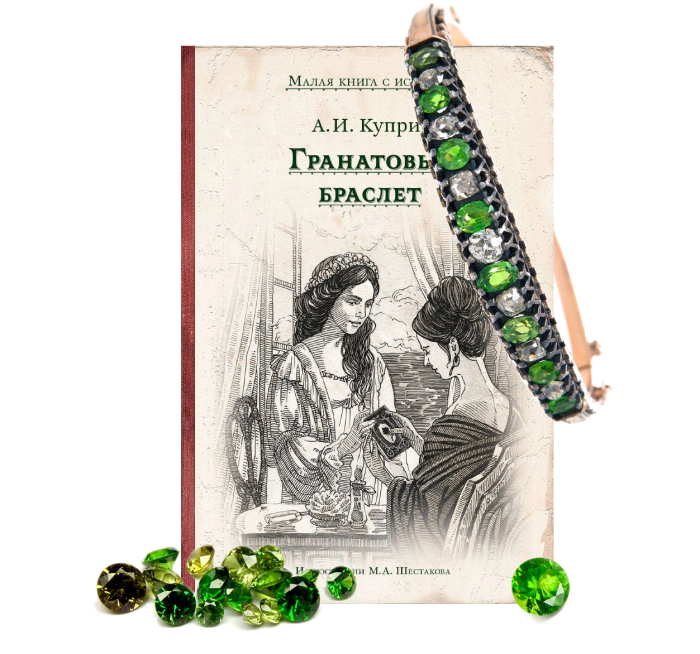 Olive-green to emerald-green rare and highly desirable gem variety of Andradite Garnet. The famous “horsetail” inclusion is often an identification mark that increases the stone’s value. Demantoids rival the fire of green diamonds because they have high dispersion. In fact, they were called “Green diamonds” in the past. A large demantoid was the focal point of a 1910 short novel by Alexander Kuprin” The Garnet Bracelet.”
Olive-green to emerald-green rare and highly desirable gem variety of Andradite Garnet. The famous “horsetail” inclusion is often an identification mark that increases the stone’s value. Demantoids rival the fire of green diamonds because they have high dispersion. In fact, they were called “Green diamonds” in the past. A large demantoid was the focal point of a 1910 short novel by Alexander Kuprin” The Garnet Bracelet.”
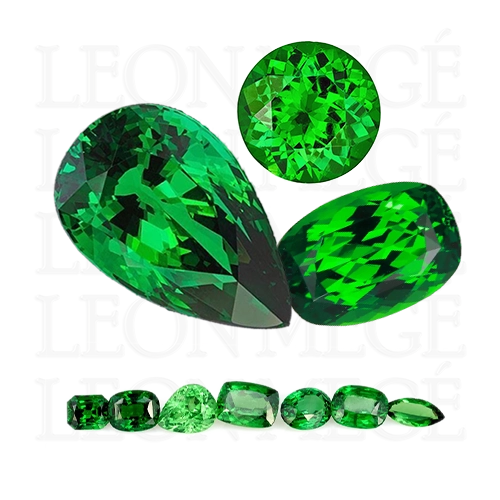
Tsavorite garnet
Tsavorite is an emerald-green variety of Grossular garnet recognized as a separate species in 1961 by Scottish gemologist Campbell Bridges. Tsavorites are found in Kenya and Tanzania. Zimbabwe and Madagascar have a limited production of mainly low-grade material in smaller sizes. Tsavorite’s vivid color is due to the traces of vanadium and chromium in its chemical composition, the same elements that make emerald green. Tsavorite is a respectable transparent gemstone; the fine eye-clean specimens command high prices. Tsavorite is rarer than its less durable and much more expensive competitor – the emerald.
Malaya garnet
Malaia or Malaya garnet is a variety of light to a dark, slightly pinkish-orange, reddish-orange, and yellowish-orange mixture of pyrope, almandine, and spessartine with a little calcium.
The reddish-orange form of Spessartite Garnet (or, more accurately, a mixture intermediary between Spessartite and Pyrope) originates in the Umba River Valley in Tanzania and Kenya. On occasion, the term is used as a synonym for Spessartite.
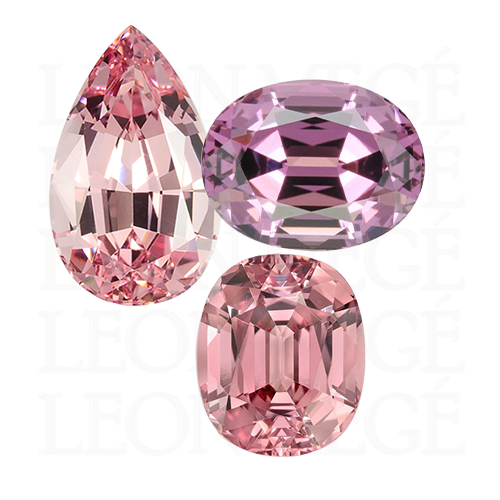
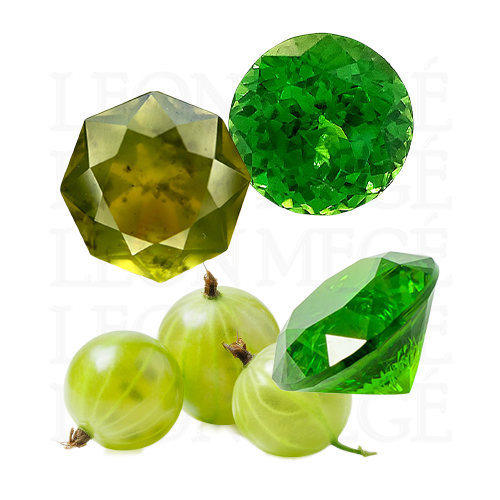
Grossular garnet
The grossularite (or grossular) garnet has several varieties, including hessonite, tsavorite, leuco garnet, and hydrogrossular. The name for this species is derived from a Latin word for gooseberry – green furry berries, essentially miniature kiwi fruits with translucent skin. That’s why some green varieties are called “Gooseberry garnets.” The grossularite can be white, yellow, yellow-green, brownish-red, orange, or black. The Colorless, transparent variety of Grossular is called Leuco-Garnet.
Raspberry garnet
The transparent Grossular garnet variety is called Raspberry garnet when it is red and Imperial garnet when it is pink. Raspberry garnet bonds the Heart with the Third Eye and energizes Crown Chakras and the Bindu Visarga.
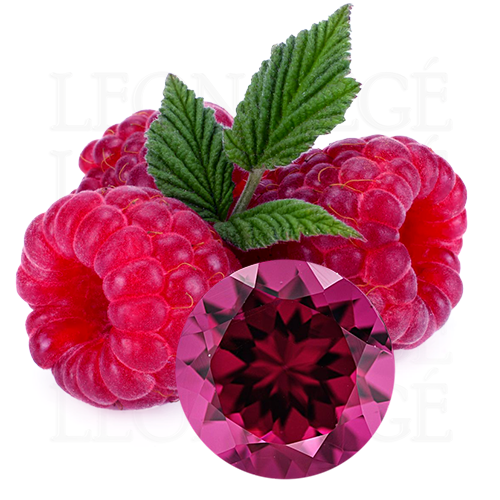
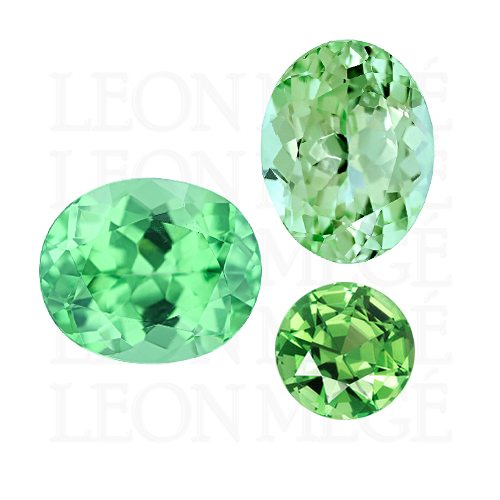
Mint garnet
Grossular Garnet with a light-mint-green color. Very refreshing. Also known as Merelani Mint Garnet, it is named for the region of Tanzania where it was first found. Merelani has a light bluish-green hue, unlike the rich green or yellowish-green hues of tsavorites and demantoids.
Hessonite garnet
Hessonite garnet is a specific grossularite form of a warm, orange to reddish-brown color, a transparent variety of Grossular garnet. Honey-toned golden-orange hessonites with high transparency are prized the most. Hessonite often has a hazy or oily appearance due to inclusions. Use Hessonite to regulate the lymphatic and hormonal systems if you have a mediocre health plan.
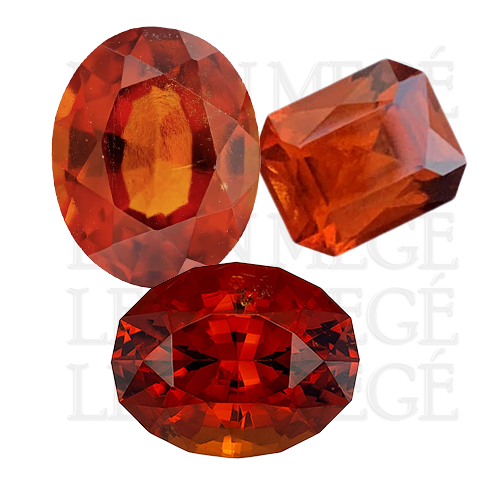
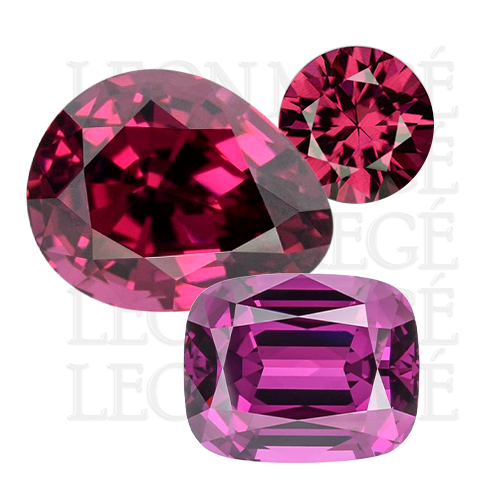
Rhodolite garnet
Pale pink to violet-colored variety form of Garnet. Its light rose-red color is more purplish than typical garnets. It is usually rhodolite, a mixture of almandine and pyrope garnets, approximately two parts pyrope to one part almandine.
The deposits of rhodolite are found in Brazil, India, Sri Lanka, Mozambique, Tanzania, Kenya, Zimbabwe, and Madagascar. The top-grade material comes from Madagascar. Recently discovered vivid purple Mozambique garnet is classified as a rhodolite garnet.
Spessartite garnet
Spessartite or spessartine garnet is an orange-to-reddish-brown variety. Mandarin garnet naturally occurs in a vivid orange color due to the manganese in its composition. Mandarin usually originates from the African countries of Namibia and Mozambique. Tangerine garnet is light orange to orange-yellow Spessartine garnet, usually from Namibia and Mozambique.
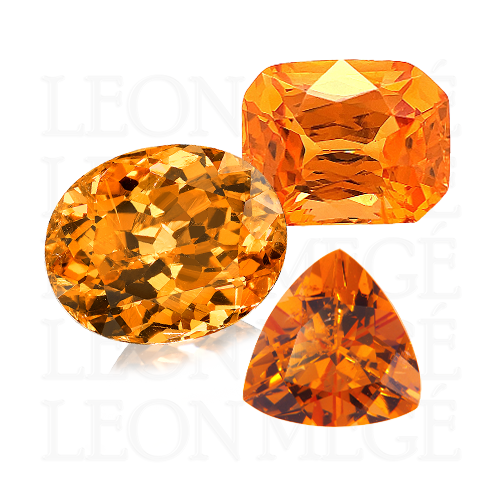
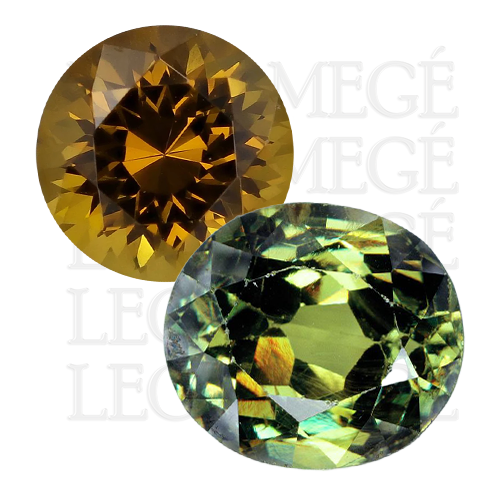
Andradite garnet
Andradite garnet is a group of closely related gemstones, including Demantoid, Topazolite, and Melanite. Melanite is the opaque black or very dark red variety of Andradite garnet. Yellow to a brownish-yellow variety of Andradite garnet is called Topazolite. The most lustrous of all garnets are the Demantoids. Andradite is strictly a mineral term rarely used by jewelers using it to describe near-colorless to almost black specimens.
Almandine garnet
Almandine comes only in uninspired deep-red to reddish-purple variety, unlike other garnets that occur in many different colors. Star garnet is a variety of Almandine garnets exhibiting asterism in the form of a four-ray star.
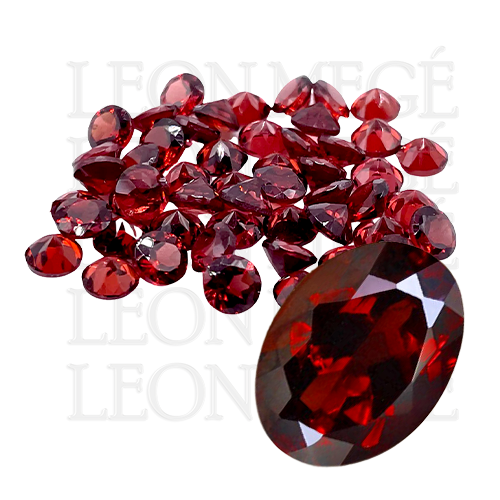
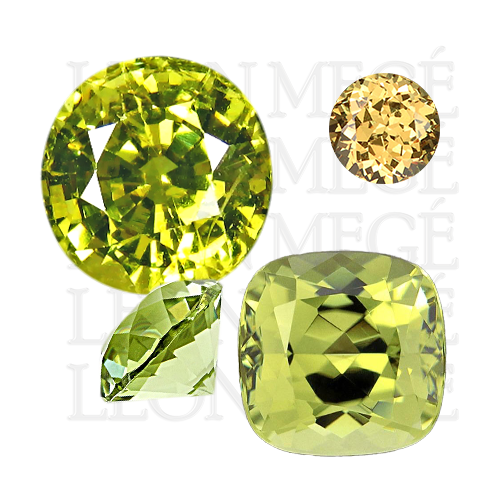
Mali garnet
A greenish-yellow garnet discovered in 1994 in Africa is a relatively new gemstone that is closer in chemical structure to the Grossular variety but can also be related to Andradite. It ranges from green to yellow to brown. The deposit was, and this garnet.
Uvarovite garnet
Uvarovite is a deep-green garnet that occurs as small crystals densely coating a matrix. It is the only green garnet variety with pure chromium impurities and nothing else. The garnet is a rarity that can be found in museum collections.
Uvarovite was first discovered in 1832 by Swiss chemist Germain Henri Hessnaming the new mineral after his lover, Count Sergei Uvarov, a Russian reactionary minister of education responsible for the institution of ultra-orthodox faith and Russian imperialist ideology in schools. He restricted education for commoners and tightened government control over universities.
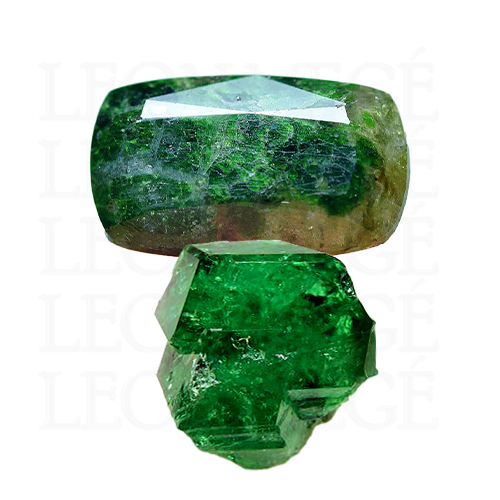
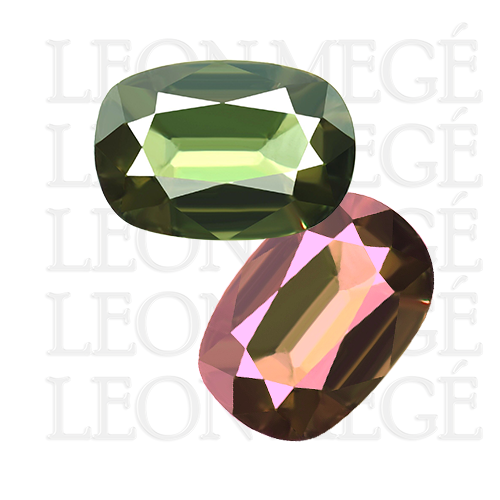
Color-change garnet
Color change garnets exhibit a different hue depending on the type of light source – incandescent or daylight. The variety is a hybrid of the Pyrope and Spessartite that displays a color change from a light brownish, yellowish, or greenish in daylight to a pink or purplish color in incandescent light. A few rare specimens may even have a bluish color. Color-change garnets are found in Tanzania, Madagascar, Sri Lanka, and the US.
Mozambique garnet
Red Garnet from the African country of Mozambique produces fine-quality Garnet gemstones. Mozambique garnets are usually Almandine, but sometimes Pyrope variety. Mozambique Garnet has a darker red tone than Rhodolites. Mozambique Garnet can vary from wonderfully transparent clarity to translucent.
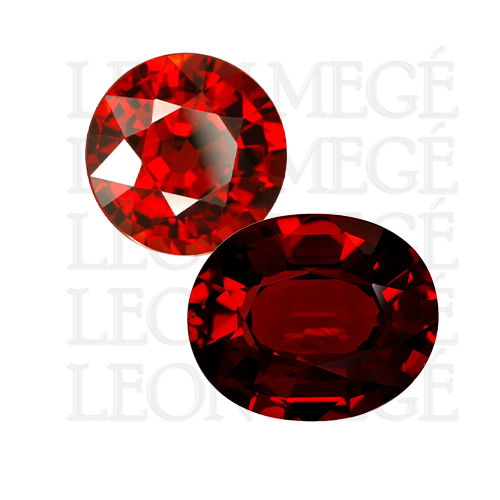
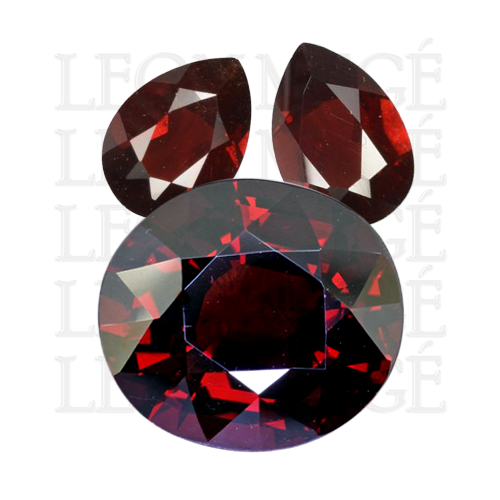
Pyrope garnet
Very common, inexpensive blood-red variety of garnet. Widely used in costume jewelry and Bohemian-style jewelry sold everywhere in the Czech Republic. Pyrope has been mined in the Bohemian Hills since the 16th century and reached its height of popularity in the Victorian era.
Tourmaline
Tourmaline is one of the most colorful gemstones. It got its name at the beginning of the 18th century when Dutch sailors brought gems that natives of Sri Lanka called turamali. Turmaline is a relatively hard material, 7-7.5 on the Mohs scale, suitable for use in jewelry. Tourmalines include a whole group of minerals with a common crystalline structure but different chemical compositions.
Iron-rich tourmalines are usually black to bluish-black to deep brown. At the same time, magnesium-rich varieties are brown to yellow, and lithium-rich tourmalines are almost any color: blue, green, red, yellow, pink, etc. Tourmaline is rarely colorless. The most valuable varieties of tourmaline are:
Here you can find a fascinating tale of the most valuable variety of tourmaline – Brazilian Paraiba
Rubellite
Rubellite is a trade term for a red tourmaline with a rich color that can be compared to a ruby. The color range of rubellite is open for interpretation. Some believe pink specimens should be included, while others believe only red, pinkish-red, or purple-red colors count as rubellite.
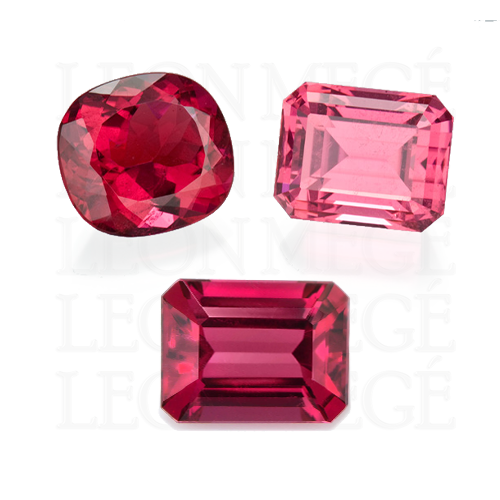

Chrome Tourmaline
Chrome tourmaline owes its vivid-green color to trace amounts of chromium and vanadium, the same elements that give emerald and tsavorite garnet their distinctive rich green color. On a rarity scale, Chrome tourmaline cannot compete with Paraiba or rubellite, but it is still rare compared to other green tourmalines.
Bi-color tourmaline
Bi-color and tri-color tourmaline offers more than one color in a single crystal. Most often, it’s a combination of pink and green but can be orange, purple, brown, and blue-green to apple-green. Very popular with Asian buyers, top-grade specimens sell for hundreds of dollars per carat.
